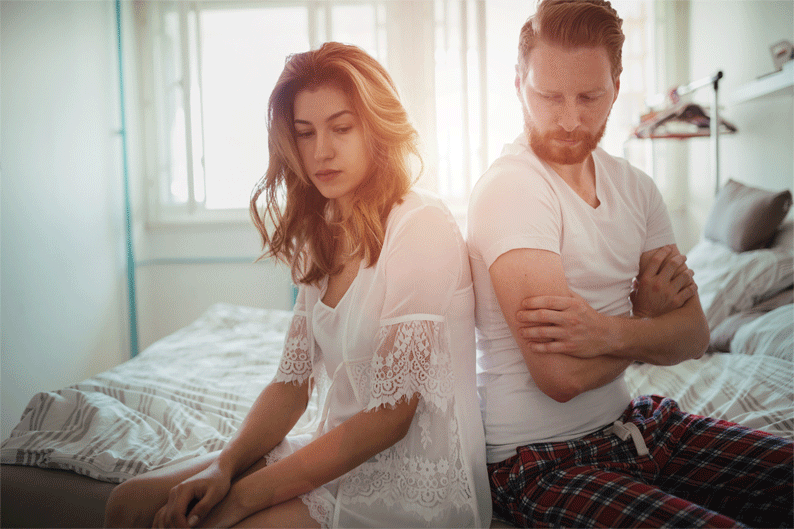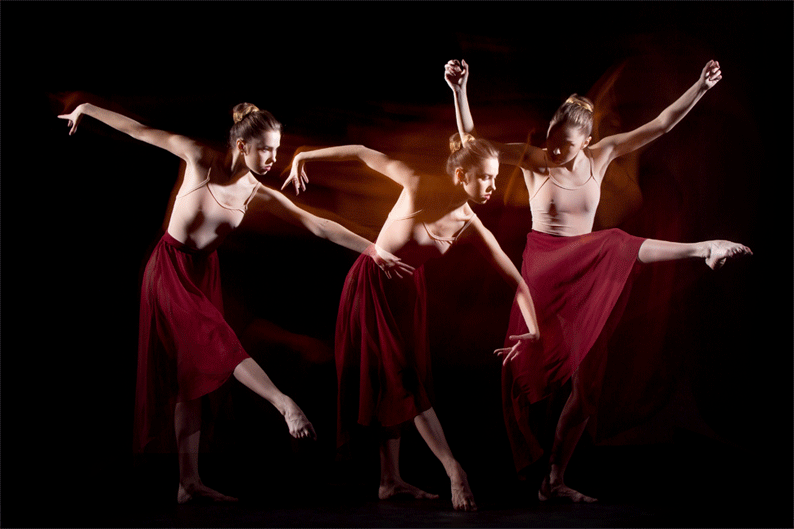|
At any given moment we have access to both the most creative powerful tool on the planet and the most powerful force that we know - human emotion. Happiness is an art form where we direct the force of emotion into whatever it is we wish to create. The outcome is representative of the image we hold in our minds being either what we want or what we don’t want. We can continue playing small and tell ourselves the story of why it hasn’t happened yet or we can choose happiness. Ask someone what they want and how they want to feel in life and they will probably reply, “I want to be happy.” We all have a slightly different interpretation of what happiness is and that difference is further increased throughout the many nationalities, cultures and belief systems across the globe. Happiness is a very vague term and similar to feelings such as excitement and enjoyment, yet it is not a feeling. It is our natural state of being and the truest expression of who we are and what we do in the world. The concept of happiness is purely a mental construct and our interpretation of the power of emotion flowing through our creative self-expression. Our feelings and our rational thoughts are therefore one and the same yet it is our flawed programming that makes it seem as if they are separate. The two keys here to understand are:
Over the previous articles we have explained how being in charge of how you feel is not only imperative for a fulfilling life but also possible. It then makes sense that if we are in charge of our emotional triggers and our feelings we will experience happiness. Realizing happiness is utilizing our creative intelligence in alignment with what we want and how we want to feel so that the full force of emotion can flow into our lives. May The Force Be With YouEmotions are neurophysiological (bodily) reactions from an external or internal stimulus and sensations activated through neurotransmitters and hormones that are interpreted by our brains. Feelings are the conscious experience that these emotional reactions give us and are perceived as specific types of feelings. All of which are a subjective expression and therefore a mental construct. What we commonly tend to refer to as emotions are really feelings, for example we might say, “I feel happy.” “I am content” or “I am fearful.” The problem here is that except for basic emotions such as fear, surprise, sadness, joy, anger and disgust which seem to be quite universal across many different cultures; the interpretation of our feelings tends to be uniquely our perception - although somewhat similar to those around us. What we see as emotions is really an emotional force that is akin to Life-Force in being a force or influence that gives us our vitality and strength. Human emotion is seemingly invisible, yet it is the driving force of life that motivates us and serves as the fuel for initiation and execution of our goal orientated actions. This force when interpreted and labelled in our minds is the same force that we experience as pain or pleasure. Away from pain or towards pleasure are our two main psychological drivers that propel us through the way we respond, our actions, and mental activities as we are creating new ideas and new relationships. Feelings Are MentalAnother way to experience emotion is through the continuous valence-activation-dominance model: Valance represents the positive-negative hedonic tone, a measure of how intrinsically pleasant or enjoyable the emotion is. Activation represents the level of calmness or excitement, a measure of its intrinsic ability to push you to “do something”. Dominance represents the perception of control exercised on the stimulus, being either high or low. Using this model a lack of emotional control can lead to negative or irrational behavior during decision making. Anxiety has a high activation making you nervous, on edge and ready to run or scream about something; and depression has a low arousal where you tend to be lifeless, not wanting to do anything about nothing even though they are both negative states. In a positive state where you have low arousal like relaxed, chilled out feelings, you might feel very calm and fulfilled. Feelings of excitement and inspiration however, may drive you to seek action or to do something. We need to be aware of the difference of our emotional power and feelings as they have a fundamental role in deciding the most suitable way to behave, and as a catalyst in our decision making. It is important that our emotional and reasoning faculties work together as they are mutually dependent on one another to ensure we adapt to our surroundings, respond to the different demands of our environment and function efficiently and effectively. The way we feel, being an interpretation in our mind of what is actually going on in our internal and external environments is dependent primarily on whether the emotional power or force is either flowing through us unhindered or stuck and stagnant. We cannot control our emotional power, however, we can direct or channel it by expressing ourselves creatively in the world and to do this effectively we need to employ our creative intelligence. We can choose a new start in life by using the most powerful creative tool humanity possesses - the human brain/mind complex in a new dynamic and impactful way on our planet. Let's make it a revolution in consciousness that we are undertaking. Isn’t it time we take back our power? What Do You Desire?Understanding the amazing discoveries and insights in our brain is a great leap forward in human consciousness and helps us manage illnesses, take psychology to a whole new level and see the world from a new perspective. As we uncover how our brain works, it’s time to understand “why” we all have this phenomenal equipment in our heads. When our brain helps us maintain a safe encouraging environment to live we can set to work in fulfilling our human needs:
Shutting DownWhen we are emotionally triggered, we tend to bypass our Social Engagement System and therefore limit our ability to connect to those around us limiting our ability to gain new information from our environment. This means we mainly have our memory to rely on to help us navigate the situation at hand which is like driving a car looking in the rear vision mirror; a crash is inevitable. Our heart rate gets faster, which increases oxygen flow to our major muscles, and we prepare to engage in our body’s protective system which can result in fight/flight, and or freeze/shutdown. We are now majorly reliant on memory of past events for decision making as our reasoning faculty (prefrontal cortex) shuts down in differing degrees. Why do we need our prefrontal cortex functioning in times of perceived threat or danger? When the prefrontal cortex is not functioning effectively we can see changes in personality, limited facial expressions and difficulty interpreting our environment, such as not being able to adequately assess risk and danger. Our prefrontal cortex is essentially the control panel of our personality and our ability to communicate. It controls our important cognitive skills such as: emotional expression, problem solving, memory, language, judgement and sexual behaviors. It is also responsible for our conscious ability to move our muscles and areas related to speech. It is in the prefrontal cortex also known as the Central Executive Network that thought processes such as working memory, abstraction, planning and cognitive flexibility are located which are all critical to creative intelligence. In The FlowUtilizing our creative intelligence is not just about painting, music or sculpture but more about decision making, finding creative solutions, self development and methods of communication. When we are being creative and innovative, our mind tends to be focused on how we are feeling in the moment such as joy, amusement and contentment. Being in the creative flow we tend to feel good about ourselves, happier, more confident and it lifts our self-esteem. Using our creative intelligence productively, improves the quality of our life and brings us closer to understand our sense of purpose and meaning. By being more creative we become more engaged, productive and helpful to the people around us and evolve into being better versions of ourselves. We access greater and greater levels of creative intelligence by being more calm and aligned with our core feelings and core values in an empowered emotional state. It is in this state of alignment with ourselves that we have clarity of mind, increased perception, foresight, awareness and communication skills. We are more attractive and inspiring to the people around us and are able to use our creative intelligence to create a vision of our future in alignment with how we want to feel. The level of emotional power that flows into our lives is directly proportional to how we use our creative intelligence in shaping our future. The Power Of ImaginationWe receive millions of bits of data every moment so our brain must filter out the vast majority of information it receives, otherwise it would simply overload. Our working memory can only handle 7-9 “chunks” of information at any given moment, so it filters according to what we focus on most. This means that what we see before us is not real per say but a construct of our mind. It is here that we start to use one of the most advanced human faculties - imagination. Imagination is the image-making power of the mind where we can mentally create and reproduce an object or experience not previously perceived. The emotionally empowered state allows us to use imagination to create images in our mind of what we want and how we want to feel. When we manifest these images in the mind and start using our creative intelligence and start making them happen, the emotional power will flow into our lives, giving us a sense of achievement, excitement and happiness. The formula for happiness - H = E x CI (E ∝ CI) H = Happiness / E = Emotion / CI = Creative Intelligence (E is directly proportional to CI) Being able to create images in our mind and using those images to bring about change in the physical world through our own will and discrimination has been deemed by many through time immemorial as magic. Magic is a metaphor for the power of the mind and is the power to change our destiny. Couldn’t we all use a little magic in our lives? The greatest achievements of mankind have come through looking at things through our imagination - electricity, space flights, social equality, and landing on the moon.
In the next article we will explore more about the power of imagination. How it is not only the key to creativity but has power over emotion due to its ability to direct it wherever we want it to make the most impact in our life. Imagination is the key to harnessing emotional power, making the impossible possible and a core principle of the art of happiness. Learn more about Mind Renaissance here.
0 Comments
Leave a Reply. |
About MATES CafeWe are a global online and offline community network helping people of all ages, cultures and ethnicity overcome life challenges such as loneliness, relationship breakdown, anxiety, loss and grief by being there and helping them find new life direction. Join us!Blog Categories
All
|
[ i ] Parallax section below. Click on the section below to upload image. Don't worry if it looks weird in the Weebly editor. It'll look normal on your published site.
To edit or delete your image, press the "toggle" button below. Then, hover over your image until a popup appears with the "edit" and "delete" options.








